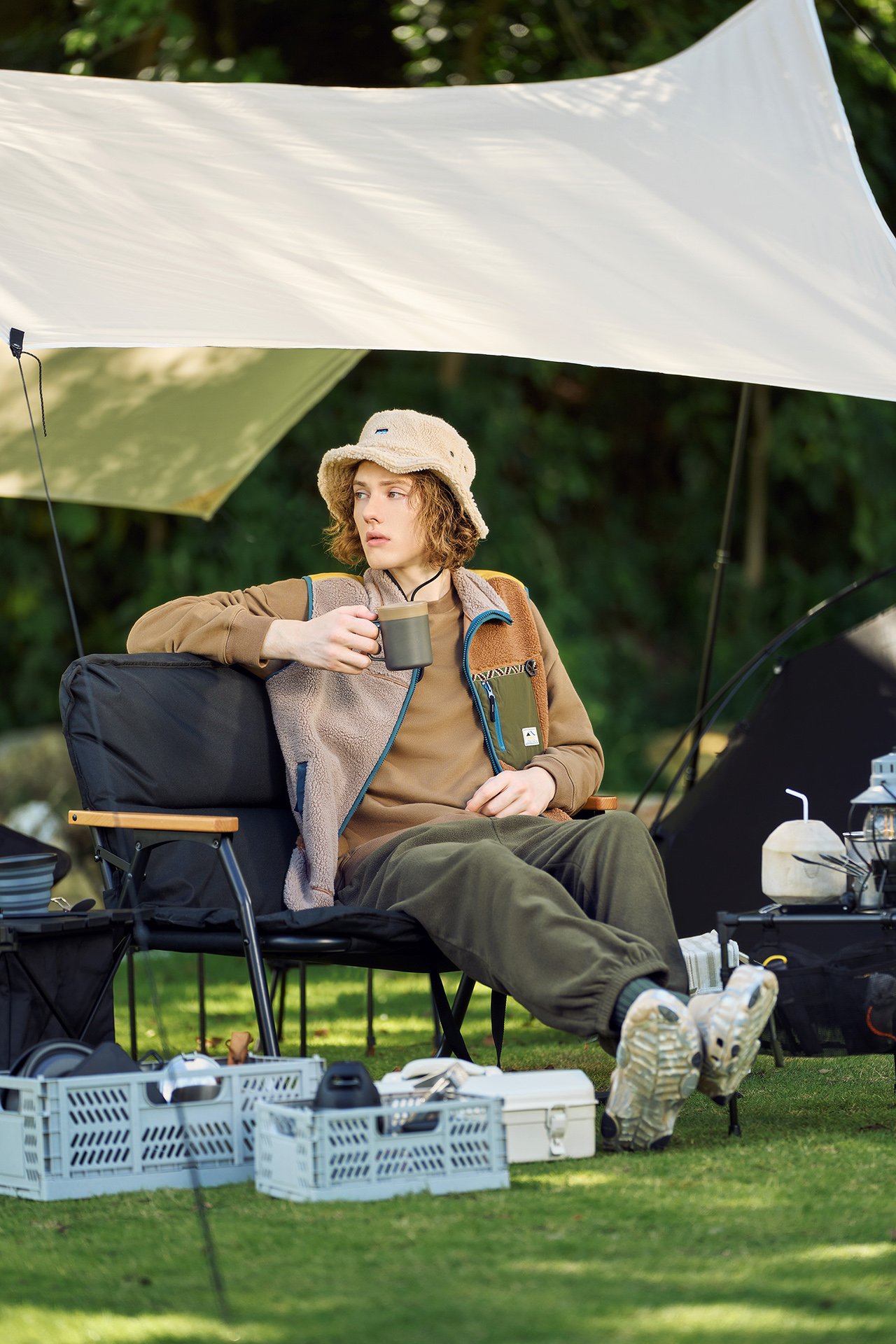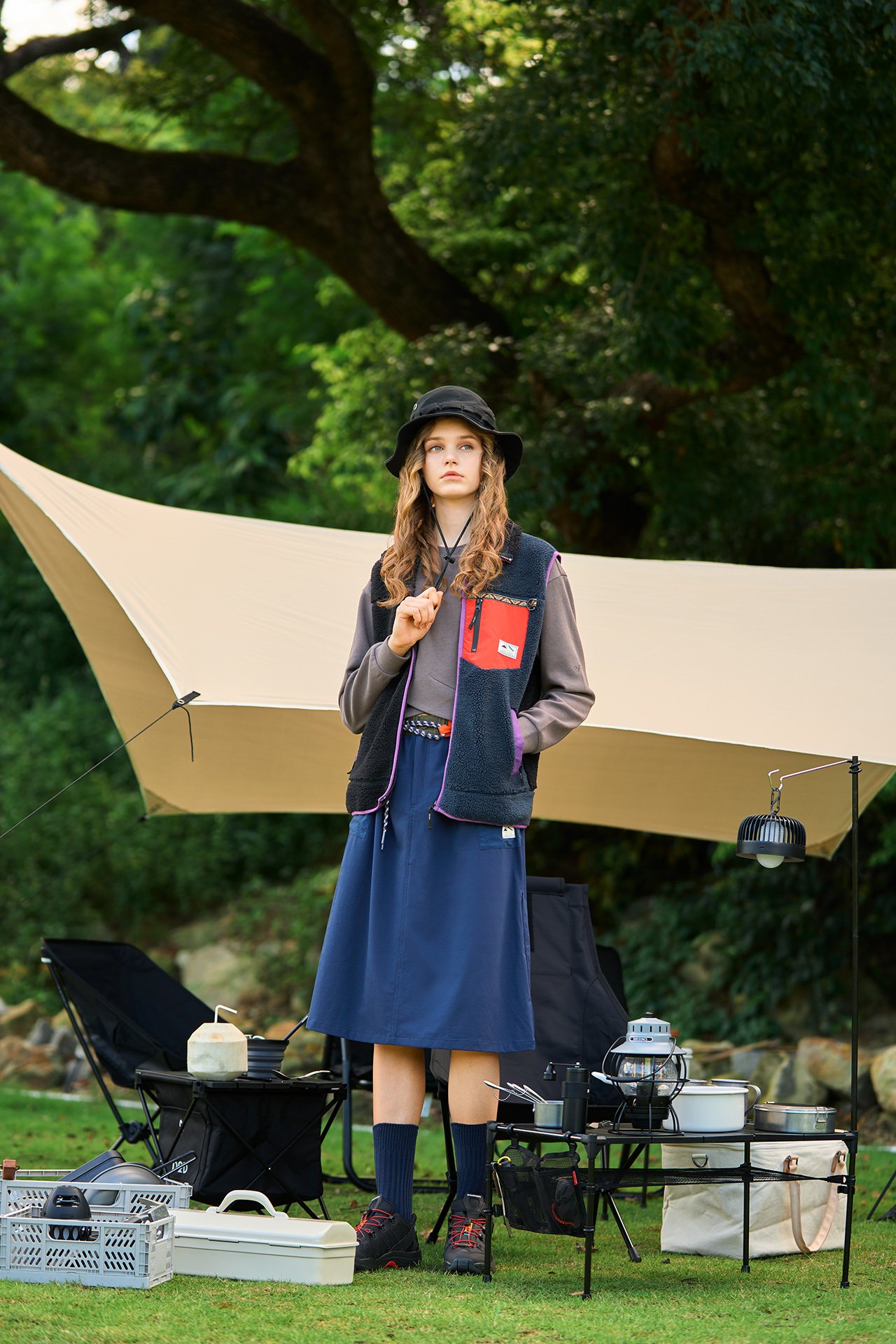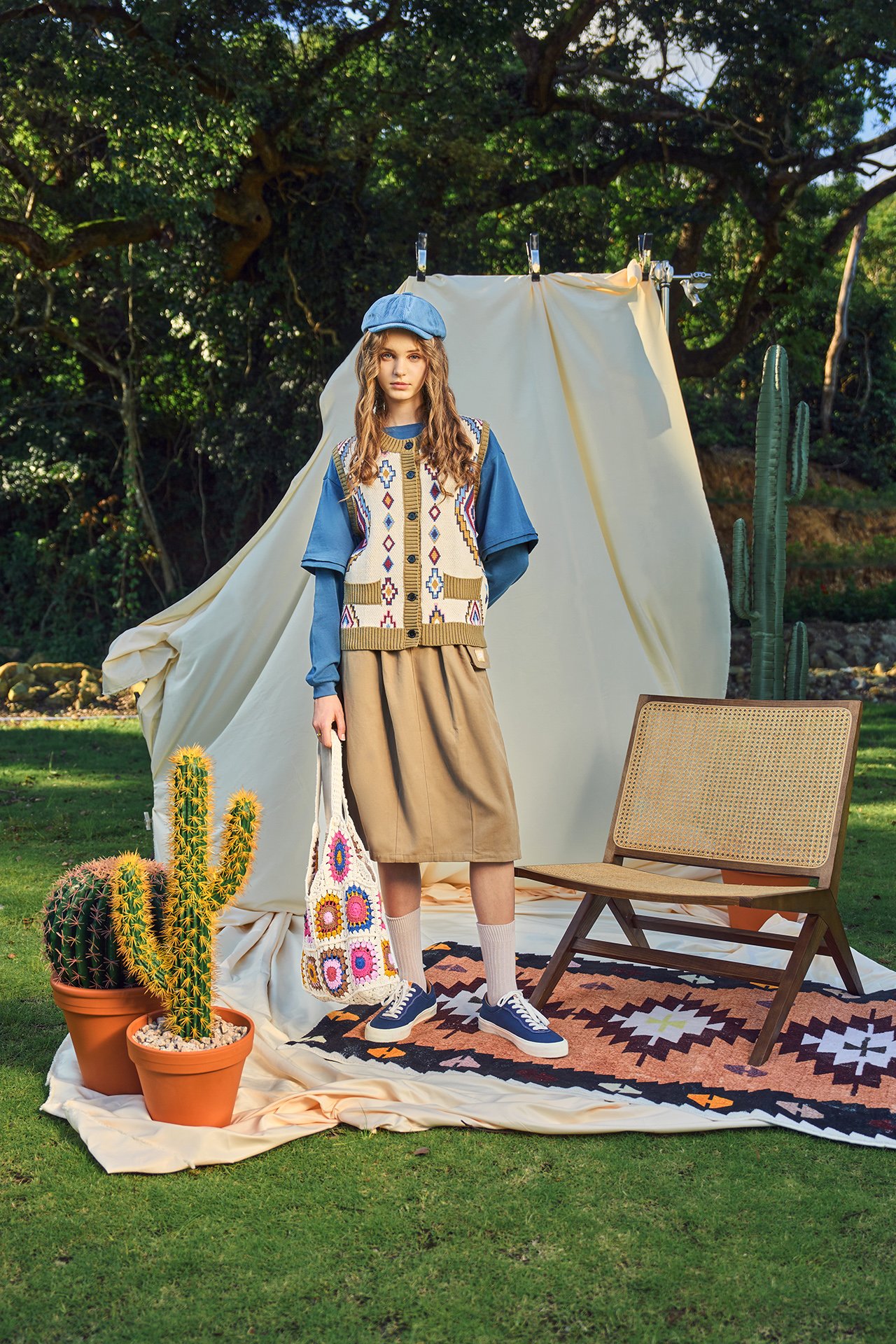Video production has surged to the forefront of in-demand skills, riding the wave of the "short video" revolution. In today’s digital landscape, social media giants have cracked the code: a snappy 30-second clip—crafted with just the right mix of intrigue or a viral "traffic hook"—can rack up staggering views, even on a shoestring budget. This phenomenon has prompted platforms to juice up their algorithms, prioritizing short-form content like never before.
Welcome to the inaugural chapter of Production House Insider. As a seasoned voice from within the industry, I’m pulling back the curtain on the meticulously choreographed world of a Video Production House in Hong Kong. Whether you’re a budding creator itching to helm your own project or a curious soul peering into the craft, this breakdown of our core workflow will illuminate the path—and spotlight where you can unleash your creative flair.
Pre-Production: The Make-or-Break Foundation
Contrary to the Hollywood mythos, a production house doesn’t leap into action the moment a client signs on the dotted line. Filming is a high-stakes game—costly for both client and crew—so the real magic begins long before the cameras roll. Pre-production is the crucible where success is forged, minimizing the risk of costly flops and keeping budgets in check.
The Alignment Dance: Syncing with the Client
First comes the delicate art of alignment. We sit down with the client to hammer out the creative vision—their goals, brand DNA, storytelling style, target audience, budget ceiling, and our proposed blueprint. Contracts are drafted, expectations set. This isn’t a casual chat; it’s a strategic summit. Elite production houses deploy dedicated account wizards to bridge the gap, swiftly translating abstract ideas into concrete plans. Time, after all, is a currency we can’t afford to squander.
Budget Blueprint and Timeline Precision
With consensus locked in, we crunch the numbers—crafting a budget that balances ambition with reality and a timeline that keeps the train on the tracks. The client greenlights this roadmap, and only then do the engines roar to life.
The Prep Hustle
Budget in hand, the team dives into the nitty-gritty: scripting the narrative, casting the talent, scouting locations, and assembling costumes, makeup, and props. Deposits are paid, logistics locked. Skimp on this stage—lacking process, structure, or know-how—and you’re begging for chaos: ballooning costs, wasted hours, and a shaky foundation for what’s next. A top-tier production house shines here, executing with surgical efficiency.
Production: Where Technique Meets Tenacity
Pre-production leans on market savvy, PR finesse, and operational grit—think nailing a shooting budget with pinpoint accuracy. These elements grease the wheels for a seamless shoot and a payoff that delivers. But when the lights flare and the cameras roll, it’s the production phase that separates the pros from the pretenders. Amateurs might wing it—grabbing whatever gear or backdrop they can scrounge, banking on a trending hashtag to carry them. Pros? We wield a formula that churns out predictable, high-impact results.
The Shoot: Bringing the Script to Life
Execution is king. How closely does the footage mirror the script? Do the visuals dazzle as promised? Is the process a well-oiled machine? The script—born from client collaboration—is sacred; a rom-com morphing into a gritty thriller isn’t an option. Yet, the unpredictable—weather shifts, crowd noise—tests a crew’s mettle. Minimizing those curveballs to preserve the vision is where pros earn their stripes. Aesthetics and on-set mastery? That’s the team’s technical prowess flexing in real time.
Light and Sound: The Unsung Heroes
The human eye sees beauty; the lens demands precision. Lighting and audio are the gatekeepers of authenticity. Picture this: preserving an actor’s icy complexion under a blazing sun, capturing crisp dialogue in a bustling urban jungle, or conjuring a dawn glow at midnight. These challenges aren’t obstacles—they’re opportunities for a skilled crew to flex their expertise.
The Director: Maestro of the Madness
Every frame bears the director’s fingerprints. They orchestrate the actors’ soul, sync the crew’s rhythm, scrutinize the output, and command the chaos. In a scrappy DIY shoot, someone’s still calling the shots. In a pro gig with a hundred hands on deck, the director’s vision—and ability to wield it—becomes the linchpin of success.
Post-Production: Polishing the Diamond
A flawless shoot day is just the beginning. The real grind unfolds in post: editing raw footage into a narrative arc, layering soundscapes and music, tweaking colors to perfection, adding effects, subtitles, and frame-by-frame polish. It’s a Herculean task—and every second counts.
Release and Beyond: The Final Frontier
You’ve got a masterpiece in hand, but the journey’s not over. Each platform—be it Instagram, Xiaohongshu, or Facebook—plays by its own rules. While a Video Production House might hand off here, DIY creators need to master this arena.
Upload Strategy: Platform Alchemy
Timing, format, metadata—every platform demands its own recipe. Xiaohongshu thrives on regional flavor, Instagram caps time and info, Facebook juggles ads and reach. Nail these nuances, or your gem gathers dust. Smart creators even prep multiple cuts upfront, tailored for each channel’s quirks, to saturate the market.
Promotion: Amplifying the Echo
A video promotes a message—but who promotes the video? Amateurs often miss this beat. Your short film is a standalone star—boost it with ads, weave it into the platform’s conversation, or remix old cuts into fresh bites. The possibilities are endless.
Feedback Loop: Data Drives Destiny
One video’s just the start. Monitor its ripple—views, shares, comments—and let the numbers shape your next move. Platforms evolve; so must you. Staying ahead of policy shifts and trends is the secret to evergreen relevance.
The Takeaway
Even a low-budget flick can vanish into the short-video abyss without mastering these hidden levers. That’s why teaming up with an Event Production House or a Video Production House in Hong Kong is a go-to move—many offer slick, affordable packages. Consider this your insider’s playbook to conquering the wild, wondrous world of short-form video. Ready to roll?
By JK@BLAHBLAHBLAH, Your Industry Guide































